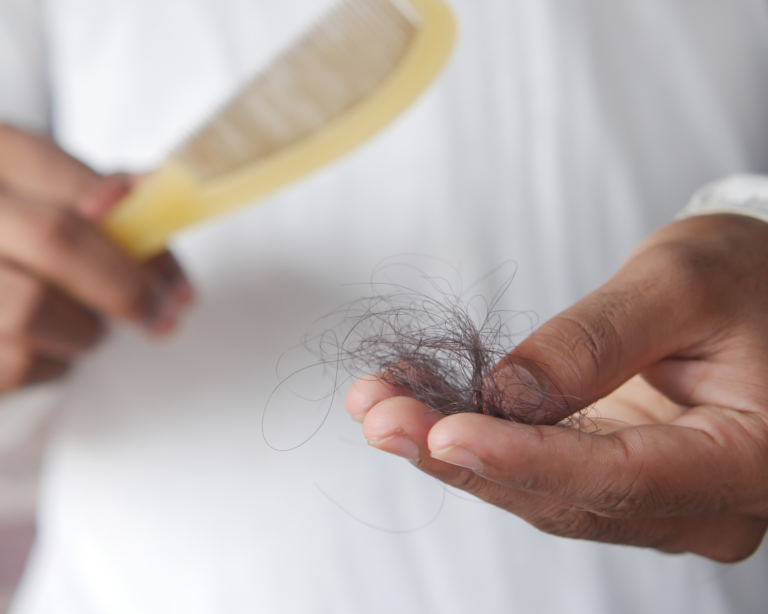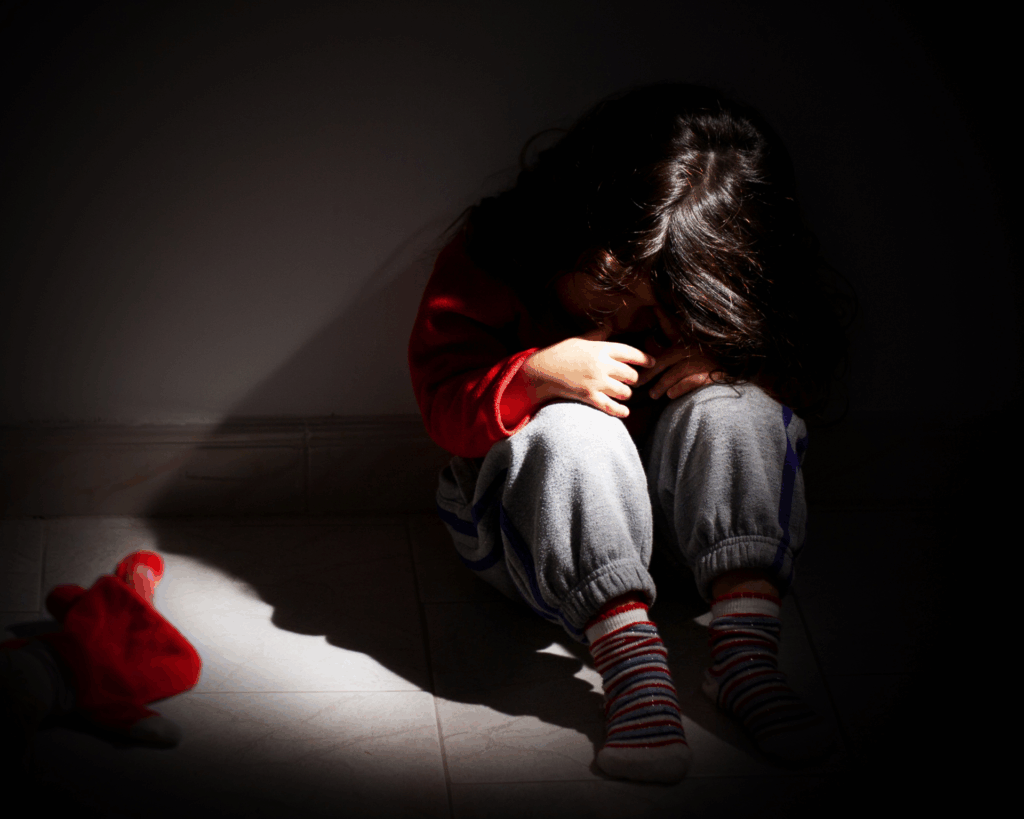The High Price of Hair Loss
More and more people are willing to spend thousands of dollars and subject themselves to invasive procedures for a full head of hair.

Read Time: 3 minutes
Published:
Balding is normal. For males and females, it is caused by a combination of hormonal factors, stress, and genetics. But for the 21-year-old man first noticing that his hairline is changing into the classic M-shape, or for the recent mother holding fistfuls of fallen hair in the shower, hair loss feels abnormal. It’s terrifying.
Our collective panic over hair loss is heightened by the continued discovery of risk factors. Some studies suggest that males are balding earlier in life. Others claim that smoking, excess stress, lack of nutrient-dense diets, environmental pollutants, and even infectious diseases may also contribute to hair loss across the sexes. Young men and women alike are worried about losing their locks, as balding can undermine self-esteem and perceived attractiveness.
Leonard Knoedler and colleagues aimed to understand the emotional and mental toll of balding on men and women. They surveyed 1,000 U.S. adults for their thoughts surrounding hair loss, as well as their likelihood to undergo expensive and invasive hair replacement treatments, like hair transplantation. Over one-third of individuals with progressive hair loss felt that they were not as attractive as they once had been; almost half reported an associated loss of confidence.
There are now more options than ever before to treat hair loss. The most reliable options are oral and topical prescription medications and over-the-counter topical treatments like finasteride and minoxidil (Rogaine). The use of these medications is rising, as telehealth services allow patients to skip the visit to the dermatologist and purchase medications online. People may also try vitamins and supplements, scalp massages, microneedling, and even essential oils, which have varying effectiveness. Even the most effective treatments are often not fully restorative and take months to show visible progress.
[O]ur fear of balding makes us willing to sacrifice our finances for the sake of our hairlines.
If individuals are willing to shell out more money to preserve their locks (or add a few extras), they may invest in hair transplantation. Hair transplant surgery involves harvesting hair from other areas of the body (usually the back and sides of the head), and placing grafted hair in balding areas. As hair transplantation is an elective, cosmetic procedure, individuals pay out-of-pocket costs for the procedure, which average over $9,000. Americans may even participate in medical tourism to get their hair transplants, visiting other countries, mainly Turkey, to receive a less expensive procedure. Additionally, the healing process for this surgery can take upwards of a year.
More and more people are willing to spend thousands of dollars, subject themselves to an invasive procedure, and endure a long healing process for a full head of hair. In fact, hair transplant surgeries have grown in popularity by 28% since 2019.
The same survey revealed that in both men and women, the further along their hair loss had progressed, the more money they’d be willing to spend on a hair transplant procedure. Though fewer women with hair loss were considering hair transplantation, those who were considering the procedure were willing to pay more for the treatment than men.
The authors conclude that our fear of balding makes us willing to sacrifice our finances for the sake of our hairlines. There is a clear demand for hair care solutions, and hair growth and restoration may help us regain self-esteem. Increased access to dermatology services, affordable hair-loss treatments, and psychological therapy may help to improve our complicated relationships with our hair.



